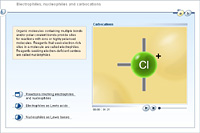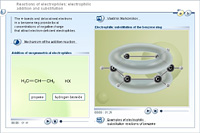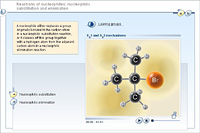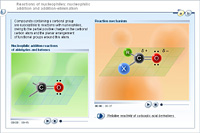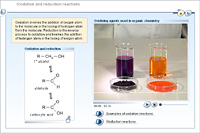Please wait...
| |||||||||||||||||||||||||||||||||||||||||||||||||||||||||||||||
Reminder notice for Free Content Creator access point
Notice
Before posting any material, please insure that you have thoroughly reviewed the Terms of Use, Privacy Policy and Children’s Information Privacy Policy and are completely familiar with the rules and obligations for submissions to Carolina Biological’s Online Services. For ease of reference, links to each of these documents is provided below.
Terms of Use
Privacy Policy
Children’s Information Privacy Policy





